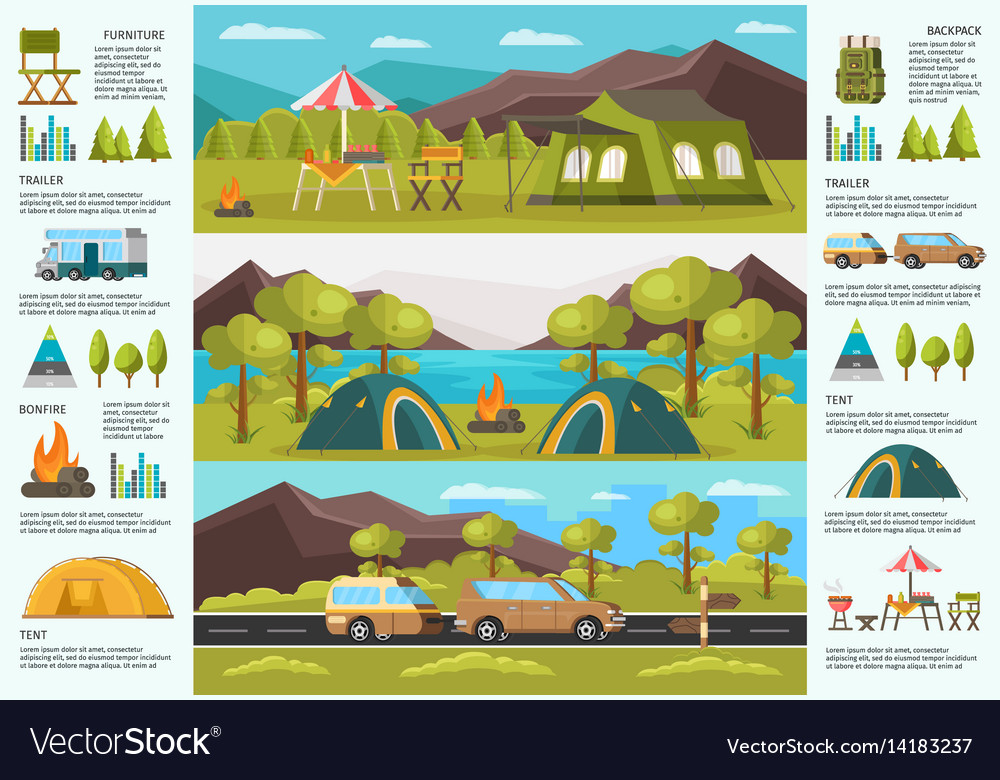Bell camping tents are becoming progressively popular as flexible, stylish sanctuaries for camping and glamping. Yet what's the history behind this long-lasting style?
How many people can sleep in a 10x10 tent?
Henry Hopkins Sibley patented the single-pole conical tent that we understand as a bell outdoor tents. Nonetheless, he abandoned to the Confederacy and never received his nobilities.
Eventually, somebody else included brief wall surfaces to the cone cover and invented what we currently called a bell outdoor tents.
Beginnings
The popularity of bell tents is expanding, and they're now a staple at outdoor camping celebrations and as stylish yard hideaways. Their roomy insides supply a flexible home from home setting that's optimal for families and teams of pals, while the round style assists with security in strong winds.
The layout of the contemporary bell tent can be mapped back to military outdoors tents utilized by European militaries during the Crimean Battle in 1853-1856. Then, in America, a soldier called Henry Hopkins Sibley patented a comparable structure that attracted motivation from American Tipis.
Both layouts are still being used today. Nonetheless, Sibley camping tents vary from their more current cousins because they have side walls and an increased larger entryway. Sibley tents likewise rely on a single central post for support that makes them simpler to set up yet limits arrangement options.
Function
Bell tents' special form and roomy insides make them the perfect selection for a wide variety of exterior activities. Whether you're hosting a backyard camping celebration, glamping at a remote all-natural resort or taking place an epic fantasy-inspired experience, the convenience of these tents makes sure that your experience will certainly be comfortable and elegant.
The bell-shaped outdoor tents was originally patented in 1856 by Henry Hopkins Sibley, who had actually designed the style after observing Indigenous American tipi tents. Nevertheless, he surrendered from the United States Army at the break out of the Civil Battle, surrendering his rights to future aristocracies.
Since then, the design has actually come to be a staple of many glamping experiences. These glamorous outdoors tents frequently include deluxe bedding and en-suite restrooms, providing campers the possibility to enjoy nature without compromising convenience.
Layout
In the contemporary, bell tents have experienced a renewal in appeal, as individuals seek out a more immersive outside experience. They are utilized in a selection of setups, consisting of camping, glamping, and events. Their distinct shape, large insides, and reasonably easy assembly make them a popular option for those seeking a sophisticated, historical flair to their outside experiences.
The unique form of a bell tent creates high ceilings and sufficient headroom, making it comfortable to stand up in and move. Furthermore, the facility post is not positioned near the entry of the outdoor tents, permitting even more personal privacy and room inside the sanctuary.
The bell outdoor tents layout traces back to an American soldier called Henry Hopkins Sibley, that was motivated by Indigenous American tipi outdoors tents when developing his variation of the bell outdoor tents in 1856. His layout was a significant improvement over traditional military tents, which were challenging to carry because of their challenging building.
Materials
In contemporary times, Bell Tents are crafted from premium materials that are designed for long-lasting durability. This is why they are a popular choice amongst entertainment campers, festival-goers, and glampers alike.
In the 19th century, a United States Military policeman named Henry Hopkins Sibley adapted traditional tents right into what is portable camping toilet currently referred to as the contemporary bell camping tent. He based his style on Native American Tipi structures, including brief walls to the central pole structure that made it extra steady.
Today, polycotton canvas is a typical material used in the building and construction of bell outdoors tents. This mix of cotton and polyester provides a wide variety of benefits, consisting of breathability, remarkable weather condition resistance, and simpler upkeep than pure cotton canvas. This textile is likewise resilient and abrasion-resistant. It is thicker than most nylon textiles, nonetheless, which can make it hefty and much more costly than regular outdoors tents.
Modern
In modern day, the appeal of Bell Tents has actually exploded thanks to glamping websites and celebrations offering up these spacious outdoors tents for pairs, groups and families to appreciate. The aesthetic appeal and longevity of these round tents are interesting numerous campers.
Whether it be rain or wind, these outdoors tents hold their own versus the aspects. Generally, they're made with canvas that is dealt with to secure versus moisture, mold and UV rays.
How do you pack a bell tent?
It isn't clear specifically when these tents were designed, but it's extensively understood that they're a variation of a Sibley outdoor tents - named after Henry Hopkins Sibley, that adjusted the design of the American Indian tipi. It is assumed that whoever added brief walls to Sibley's cone canopy was in charge of the development of the bell camping tent as we understand it today.
